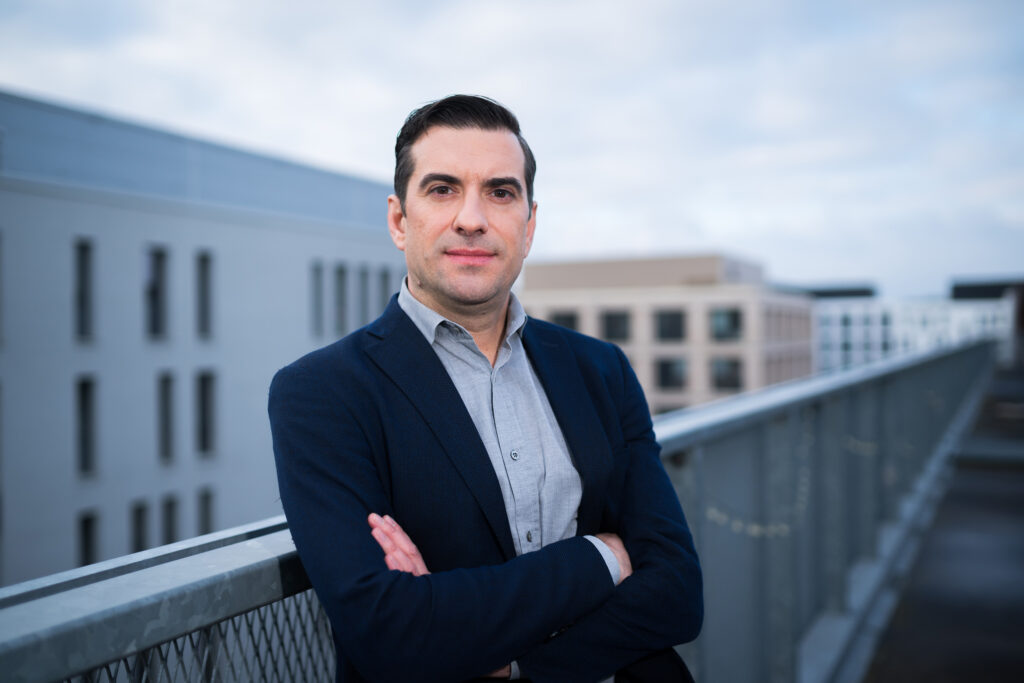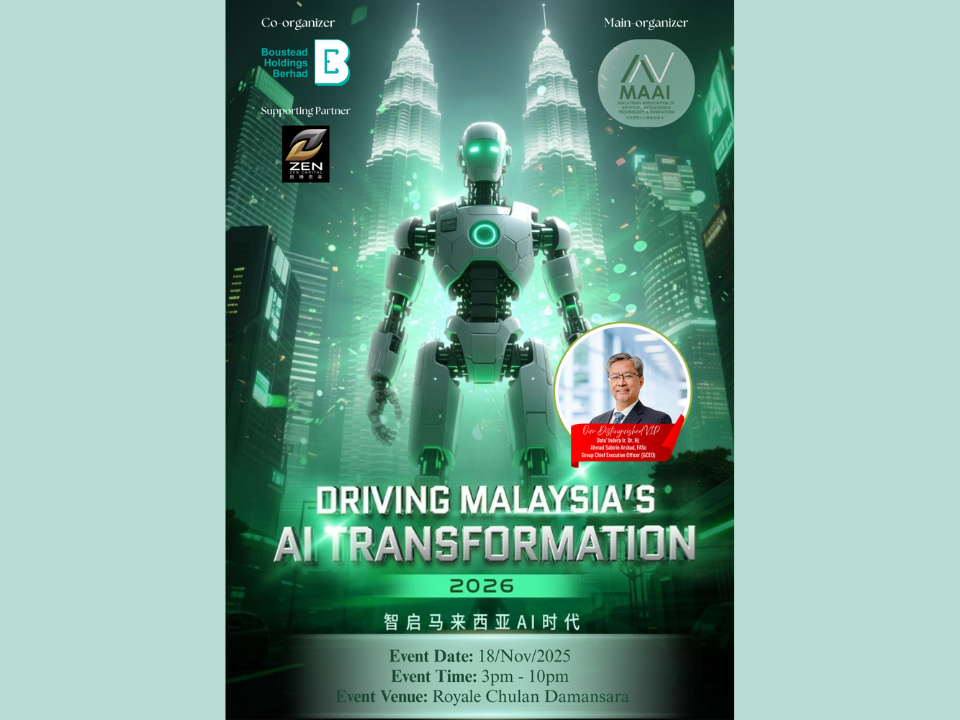
From rural Malaysia to the farthest reaches of space, a new wave of digital innovation is taking off. With laser-linked satellites, artificial intelligence in orbit, and DE-CIX’s revolutionary Space-IX initiative, the way we communicate, connect, and compute is entering a cosmic era.
This is about extending connectivity beyond our planet. They are transforming the global digital economy, and ensuring that Malaysia is part of the race to build an interconnected universe.
Driving Malaysia’s Next Phase Of Connectivity
Malaysia’s ambitions for nationwide digital inclusion under the Madani Economy framework are closely tied to one powerful technology. It’s the low Earth orbit (LEO) satellites.
Unlike traditional satellites that orbit 36,000 km above Earth, LEO satellites hover just a few hundred kilometres away. This allows for ultra-low latency (20–50 milliseconds) and seamless real-time connectivity.
This advancement is key for innovations like cloud gaming, smart ports, and precision agriculture in rural Sabah and Sarawak. It also aligns with Malaysia’s JENDELA initiative and ongoing efforts by MEASAT’s CONNECTme NOW, which already brings Internet access to remote communities.
Building The Internet Exchange For Space

To make seamless space connectivity possible, DE-CIX has joined forces with the German Aerospace Center (DLR) under the European Space Agency’s OFELIAS project.
Their mission? To create smarter systems that manage satellite data traffic and minimise weather-related disruptions.
By July 2026, new protocols will allow LEO satellites to exchange data via laser links. This will then offer higher speed and stability compared to radio transmissions. This is the foundation of Space-IX; the world’s first Internet Exchange for space, extending DE-CIX’s expertise from Kuala Lumpur’s digital backbone to orbit itself.
Just as DE-CIX Malaysia powers Internet traffic on the ground, Space-IX will one day do the same in space. It will connect satellites, cloud providers, and application developers in real time across Earth and orbit.
AI, Data Centres, And The Cosmic Economy

Image via Heise
The future doesn’t stop at satellites. Researchers and engineers are already imagining AI training and cloud data centres in orbit. These are powered by solar energy and cooled by space’s vacuum environment. By 2050, the EU estimates 1 GW of AI computing capacity could operate in space, reducing costs and opening new frontiers for innovation.
For Malaysia, this vision complements national efforts to develop green data centres and AI hubs in Johor, Cyberjaya, and Kedah.
The country’s commitment to sustainability, combined with DE-CIX’s expertise in interconnection, positions Malaysia as a rising star in the space economy. And it is projected to reach USD 1.8 trillion by 2035.
Connecting Earth And Space For A Better Tomorrow
Space isn’t just about exploration. It’s about connection, opportunity, and resilience. With Space-IX, DE-CIX is bridging the gap between Earth and orbit, empowering industries from agriculture to telemedicine. This is while supporting climate monitoring and disaster management.
As Malaysia strengthens its presence in the global space ecosystem, it’s not merely keeping pace with the digital future but it’s also helping define it. Because when Malaysia connects to the stars, the whole world moves forward.










